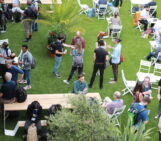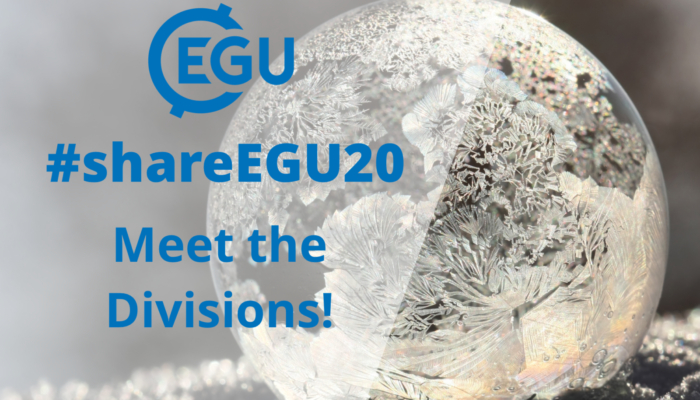
From Monday to Thursday during the week of #shareEGU20, the Early Career Scientists in our various Divisions are going to host a series of evening networking events. Find out more by clicking on the ‘Networking’ session search in the EGU Programme.
In addition to these events being run by some of our members, there are also several other Divisions you may encounter during the week which we have also featured during this week. Today we have a short description of what the remaining Divisions are specifically interested in:
Climate: Past, Present & Future (CL)
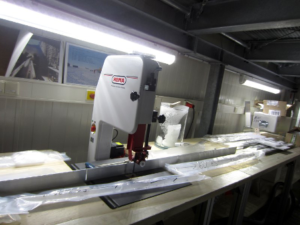
Photo by Maryam Mirzaloo (from imaggeo)
The Division on Climate: Past, Present & Future (CL) is one of the larger divisions of the European Geosciences Union. It pools from many disciplines and consequently has many co-organised sessions with other divisions at the EGU General Assembly. The division is very interdisciplinary and covers climate variations on all time scales. CL includes the study of any kind of climate archive from rocks to ocean cores, speleothems, ice cores, chronicles, to instrumental records to name a few. Besides observations, climate modelling on all time scales from the deep past to the future are areas covered by the division. Any aspect of the climate system falls into the realm of the division e.g. atmosphere, ocean, biosphere, cryosphere, and geology. Themes focus on the climate on Earth but may also expand other planets or the Sun.
Energy, Resources and the Environment (ERE)
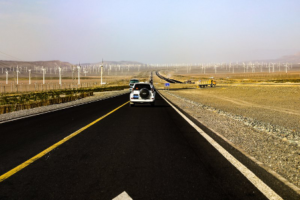
Photo by Xiaoming Wang (from imaggeo)
The EGU brings together geoscientists from all over Europe and the rest of the world, covering all disciplines of the Earth, planetary and space sciences. This geoscientific interdisciplinarity is needed to tackle the challenges of the future. A major challenge for humankind is to provide adequate and reliable supplies of affordable energy and other resources. These should be obtained in environmentally sustainable ways, which is essential for economic prosperity, environmental quality and political stability around the world. One goal of the division Energy, Resources & the Environment (ERE) is to be a leading discussion forum for these issues. The core of the division consists of experts in various fields that will help meet the mutually coupled challenges of energy, resources and the environment.
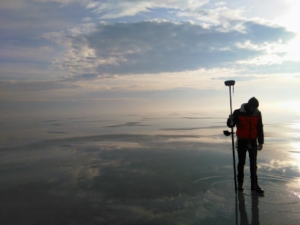
Photo by Fanni Vörös (from imaggeo)
Traditionally geodesy is the science of the measurement and the mapping of the Earth’s surface. Since the surface is mainly shaped by the Earth’s gravity field the classical definition includes the Earth’s gravitational potential. Observing the Earth’s figure, the orientation and rotation as well as the gravity field, geodesy today provides spatial and temporal patterns of geophysical processes within the Earth system such as sea-level rise, tides, melting of continental ice masses, changes in global water circulation and in the atmosphere or deformations of the solid Earth. Consequently, the Geodesy Division covers activities on the whole spectrum of modern geodetic Earth system modelling from the measurement systems to the investigation of geophysical processes.
Due to the ongoing coronavirus outbreak, EGU has made the decision to cancel this year’s physical General Assembly in Vienna and instead offer a partial alternative meeting online, called #shareEGU20. Over the next few weeks in the run up to #shareEGU20, which will be held from the 4 – 8 May 2020, we will be posting regular updates and information about how to get involved, what EGU can offer during this week and how to find each other. We know that there will be many, many questions that people have, and we are learning how to do this right along with you, so please send us your questions over social media or by emailing egu2020@copernicus.org or info@egu.eu. We’re looking forward to sharing EGU with you, online!


